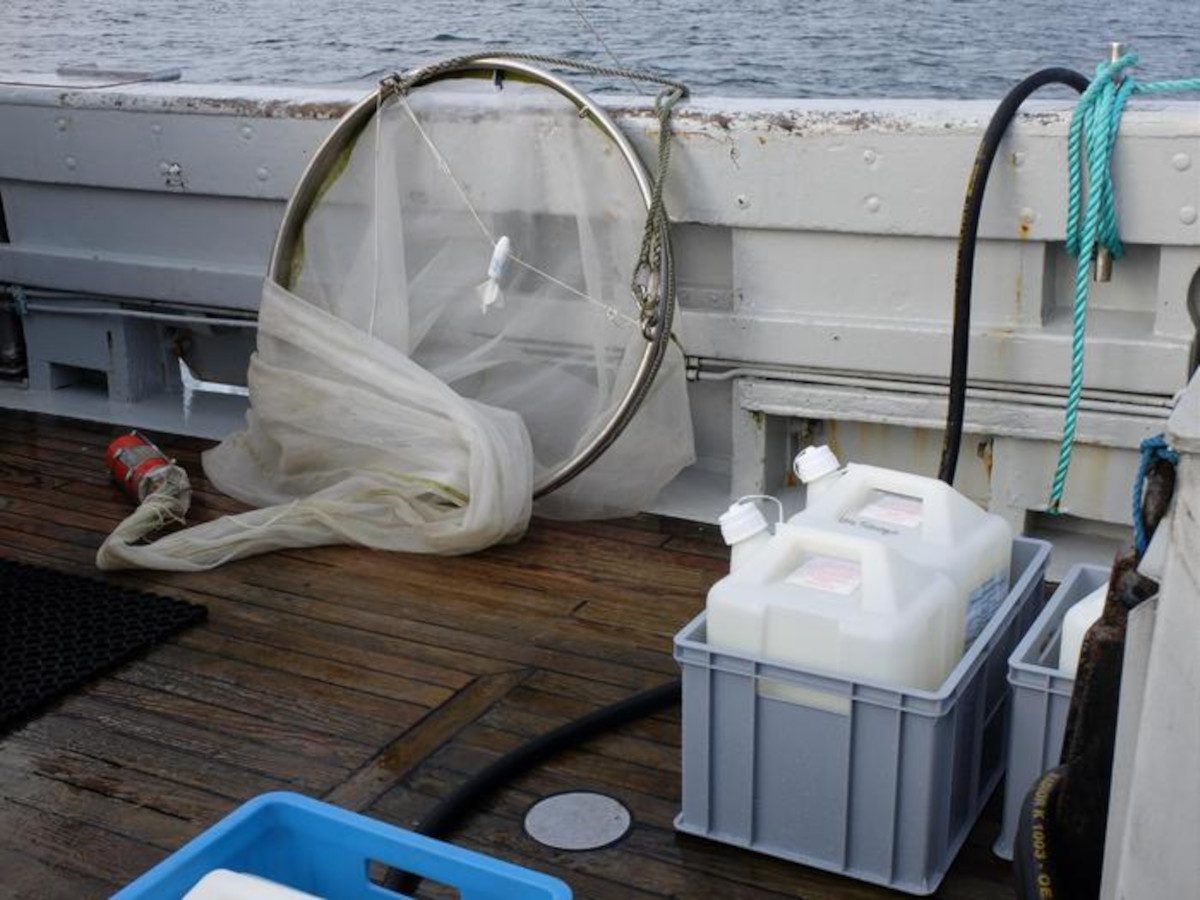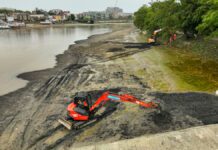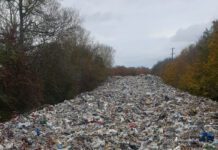
Can biosurfactants increase microbiological oil degradation in North Sea seawater? An international research team have been exploring the question and say the results reveal the potential for a more effective and environmentally friendly oil spill response.
Oil leaks into the oceans are estimated at approximately 1500 million litres annually worldwide. This leads to globally significant environmental pollution, as oil contains hazardous compounds such as polycyclic aromatic hydrocarbons that can have toxic or mutagenic effects on organisms. Oil spills, particularly catastrophic ones resulting in the rapid release of large quantities of oil into the oceans, such as tanker accidents or incidents at oil drilling platforms like Deepwater Horizon in 2010, are especially devastating.
In such oil spill incidents, large quantities of chemical dispersants, ranging in the millions of litres depending on the amount of oil, are routinely applied to dissolve oil slicks, prevent oil from reaching coastlines, and enhance oil dispersion in the water. The hope is that microbial oil degradation will be enhanced as a result. This is because special microorganisms that are widespread in nature can feed on crude oil components and break them down into harmless substances. This special ability of microbes naturally cleans oil-contaminated areas.
This latest study was undertaken by researchers from the universities of Stuttgart und Tübingen, together with the China West Normal University and the University of Georgia.
“In a study from the USA published in 2015, we demonstrated that – contrary to expectation – chemical dispersants in deep-sea water from the Gulf of Mexico can slow down microbial oil degradation,” says Prof. Sara Kleindienst, who worked at the University of Tübingen until 2022 and now works at the University of Stuttgart. “Since then, the topic has been at the center of controversial discussions, and there is still no simple answer to how oil spills can be combated more effectively,” emphasizes Prof. Sara Kleindienst.
In the search for more environmentally friendly methods for dealing with oil spills, biosurfactants could offer a promising alternative to chemical dispersants. Biosurfactants are produced by microorganisms and can increase the bioavailability of oil components. This can thus enhance microbial oil degradation, which is crucial for purification.
Experiments with seawater from the North Sea
An international research team led by environmental microbiologist Professor Sara Kleindienst, with geomicrobiologist Professor Andreas Kappler (University of Tübingen) and biogeochemist Professor Samantha Joye (University of Georgia), compared the effects of biosurfactants and chemical dispersants. In the laboratory at the University of Tübingen, the researchers simulated oil spill conditions. For their experiment, they took over 100 litres of surface water from the North Sea close to the island of Helgoland. The seawater was treated with either the biosurfactant rhamnolipid or a dispersant (either Corexit 9500 or Slickgone NS), both in the presence and absence of oil. The research team used radioactive markers to track the degradation of the oil by the microorganisms in detail. “Our investigations using radioactively labeled hydrocarbons or a radioactively labeled amino acid showed that the highest rates of microbial hydrocarbon oxidation and protein synthesis occurred in the oil microcosms treated with rhamnolipid,” says Prof. Lu Lu, who previously worked at the University of Tübingen and now works at the China West Normal University.
The impact on the composition of microbial communities also differed significantly between the approaches using biosurfactants compared to chemical dispersants. “This result suggests that the use of biosurfactants may stimulate different microbial oil degraders, both in terms of growth and activity, which in turn can affect the cleanup process after oil spills,” says Prof. Lu Lu.
“Our findings suggest that biosurfactants have great potential for use in future oil spills in the North Sea or similar nutrient-rich ocean habitats,” adds Prof. Sara Kleindienst. “A visionary continuation of our work would be the development of products based on biosurfactants that offer both effective and environmentally friendly approaches to combating oil spills.”






